India is such a place that at any moment in time and space if you look around you, you are bound to find at least one depiction of the Divine in one of the countless forms. I find the image of Shiva as Nataraja - the Lord of Dance - to be one of the most compelling ways in which the Divine is worshiped in India. So, I'd like to share with you the story of Nataraja and explore some of its symbolic meaning in this blog post.
THE GROUND
If you've heard anything about the Hindu gods, you've heard that there are three "main" ones: Brahma - the Creator of the world, Vishnu - the Preserver of the world, and Shiva - the Destroyer of the world. And you might have wandered why on earth would you worship a destroyer. To understand this, the first question to be asked is: what does Shiva destroy?
He destroys 'maya' - illusion. Hinduism and Buddhism describe the entire material reality as 'maya' - illusion. The most important thing to understand, which is at the same time the things that gets misunderstood most often, is that 'maya' doesn't mean that the physical world does not exist, but that it does not exist IN THE WAY WE PERCEIVE IT TO BE. It does not exist as an independent entity, objective and self-contained, but as a construct dependant on personal prejudices and cultural norms, in which everything is interdependent. So, as Devdutt Pattanaik (I wholeheartedly recommend all of his books) suggests, a better way to understand 'maya' is construction, not illusion. So, Shiva doesn't destroy, he deconstructs. And he does it by dancing!
If you've heard anything about the Hindu gods, you've heard that there are three "main" ones: Brahma - the Creator of the world, Vishnu - the Preserver of the world, and Shiva - the Destroyer of the world. And you might have wandered why on earth would you worship a destroyer. To understand this, the first question to be asked is: what does Shiva destroy?
He destroys 'maya' - illusion. Hinduism and Buddhism describe the entire material reality as 'maya' - illusion. The most important thing to understand, which is at the same time the things that gets misunderstood most often, is that 'maya' doesn't mean that the physical world does not exist, but that it does not exist IN THE WAY WE PERCEIVE IT TO BE. It does not exist as an independent entity, objective and self-contained, but as a construct dependant on personal prejudices and cultural norms, in which everything is interdependent. So, as Devdutt Pattanaik (I wholeheartedly recommend all of his books) suggests, a better way to understand 'maya' is construction, not illusion. So, Shiva doesn't destroy, he deconstructs. And he does it by dancing!
THE FIRE
Once, Shiva was strolling through a forest naked, when he came across a couple of renunciates about to preform the sacred fire ritual. They got disturbed by his presence, and as they didn't realize who this shabby-looking man was, they wanted to take their revenge. Through their supernatural powers, they created a tiger out of fire. Shiva showed no fear, he slayed it with his bare hands, skinned it and wore its hide around his waist.
The tiger is the symbol of untamed wild Nature, which Shiva neither fears, nor tries to change, but simply acts in accordance with the present moment. Tiger is sometimes seen as the representation of lust and desire, or generally of the "lower" animal instincts and nature. On the other hand, tiger is also an illusion - remember, he was summoned from fire by the enunciates. So, through the act of subduing it, Shiva embodies fearlessness, control over desires, and freedom from illusion.
Then, the renunciates created a cobra. But Shiva simply picked it up and wrapped it around his neck. It stood still - alert and observant.
The snake is often seen as representing the ego – both can be deadly if not handled well. Shiva, however, knows how to handle it - with ease. The cobra rests alert around his neck, but doesn’t move. The alert, but still cobra is a reminder of the state of awareness in deep meditation, where one is aware of everything in their surroundings, but still chooses not to act.
Finally, the renunciates invoked a demon, but with a ferocious jump, Shiva trampled him breaking his back.
The demon is Apasmara, the one who causes forgetfulness and ignorance. He caused us humans to forget our true naure – that we are all One, interconnected with one another and the world. That the world is ‘maya’ a provisional construct without any objective qualities. That we exist beyond the materiality of our bodies.
At this point, the renunciates realized that this man wasn't just an ordinary fellow. They froze in fear and anticipation.
Shiva wasn't interested in revenge, but in teaching them.
Once, Shiva was strolling through a forest naked, when he came across a couple of renunciates about to preform the sacred fire ritual. They got disturbed by his presence, and as they didn't realize who this shabby-looking man was, they wanted to take their revenge. Through their supernatural powers, they created a tiger out of fire. Shiva showed no fear, he slayed it with his bare hands, skinned it and wore its hide around his waist.
The tiger is the symbol of untamed wild Nature, which Shiva neither fears, nor tries to change, but simply acts in accordance with the present moment. Tiger is sometimes seen as the representation of lust and desire, or generally of the "lower" animal instincts and nature. On the other hand, tiger is also an illusion - remember, he was summoned from fire by the enunciates. So, through the act of subduing it, Shiva embodies fearlessness, control over desires, and freedom from illusion.
Then, the renunciates created a cobra. But Shiva simply picked it up and wrapped it around his neck. It stood still - alert and observant.
The snake is often seen as representing the ego – both can be deadly if not handled well. Shiva, however, knows how to handle it - with ease. The cobra rests alert around his neck, but doesn’t move. The alert, but still cobra is a reminder of the state of awareness in deep meditation, where one is aware of everything in their surroundings, but still chooses not to act.
Finally, the renunciates invoked a demon, but with a ferocious jump, Shiva trampled him breaking his back.
The demon is Apasmara, the one who causes forgetfulness and ignorance. He caused us humans to forget our true naure – that we are all One, interconnected with one another and the world. That the world is ‘maya’ a provisional construct without any objective qualities. That we exist beyond the materiality of our bodies.
At this point, the renunciates realized that this man wasn't just an ordinary fellow. They froze in fear and anticipation.
Shiva wasn't interested in revenge, but in teaching them.
| THE FLUIDITY To transmit the knowledge, he began to dance. Not to talk. Not to sing. But dance! Because the nature of Dance is the nature of the Universe. In order to call something a dance, it must be constatly changing, flowing. There is nothing static, nothing permanant about it, just like there is nothing permanent in the whole Universe, including the Universe itself! The dance occupies and changes through both time and space, at the same time taking always and only the present moment. Once a dance starts, there’s no pausing, no rewinding, no asking for clarifications, it continues relentlessly and if we wish to understand what it is about, our best bet it to anchor the attention in the present moment. Sounds a little bit like life? Taken literally, dance makes no sense, it's just a bunch of arms and legs moving around (and Shiva has more than two pairs), but if you know how to observe carefully and wih an open heart – you come to realize that there is order and meaning behind the randomness. Sometimes illusive, sometimes obvious – but everpresent. |
Shiva danced, accompanied only by the sound of his rattle drum. Clad in tiger’s hide, with a cobra coiled around his neck and with each step trampling and stomping on the back of Apasmara, the demon of forgetfulness. He moved with grace and strength, fluidity and sharpness of moves, comforting and frightening at the same time. The audience was in awe.
And then, as the culmination of the performance, he stopped. Most of the Nataraja depictions cathch this moment of stillness.
And then, as the culmination of the performance, he stopped. Most of the Nataraja depictions cathch this moment of stillness.
| THE AIR He’s standing firmly on his right leg. The right leg represents spiritual reality, which is the only way through which we can confidently feel the ground beneath us. It is through anchoring in our spiritual world that we defeat the demon of forgetfulness, and Shiva’s right foot on the back of Apasmara is a reminder of that. His left food is suspended in midair - circling but always striving towards the right side of his body. The left stands for the physical reality, which is ever-changing and always in motion, but also always striving towards the more subtle realms. Because the spiritual base is strong and stable, the physical side can explore its end reach. The lower right hand is raised in Abhaya mudra, which literally means: fear not. The lower left arm is in Thegaja Hasta (elephant trunk), which is to remind us of Ganseha, the elphant-head God, who is worshiped as the remover of obstacles, among other things. So, what Shiva is communicating through his hand gestures is: don’t worry, I’ll lead the way. |
In one of his upper arms he’s holding a drum. The beating of this drum is the rhythm that he’s dancing to, but also it’s the rhythm of the never ending cycle of creation and the destruction of the universe. His upper left arm is holding a flame, symbolizing purification. The whole scene is happening within the circle of fire, which is again symbolizing the cyclical nature of the universe. The fire is emanating from and returning into Shiva’s foot, re-establishing his role as the prime mover of all existence.
While all the symbolism behind this common depiction of Shiva helps us understand this story on a deeper level, the most important thing to realize is that Shiva’s dance of creation and de(con)struction takes place nowhere else but in our own hearts, in our own Self. In our daily lives we are constantly engaging in a dance with our egos, our desires, our story of who we are, and who the other is. And moment to moment, breath to breath, we are deciding who leads the dance. When we understand that Shiva dances within ourselves, it becomes the dance of transformation.
While all the symbolism behind this common depiction of Shiva helps us understand this story on a deeper level, the most important thing to realize is that Shiva’s dance of creation and de(con)struction takes place nowhere else but in our own hearts, in our own Self. In our daily lives we are constantly engaging in a dance with our egos, our desires, our story of who we are, and who the other is. And moment to moment, breath to breath, we are deciding who leads the dance. When we understand that Shiva dances within ourselves, it becomes the dance of transformation.
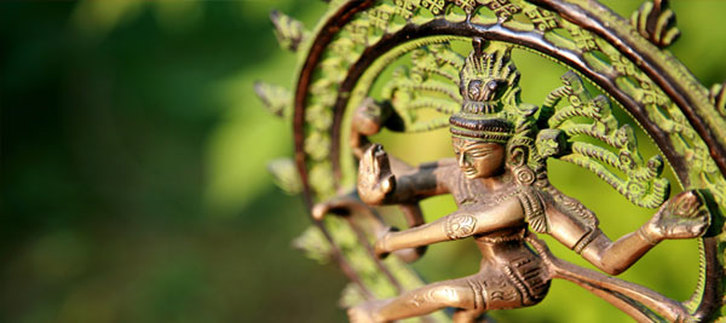
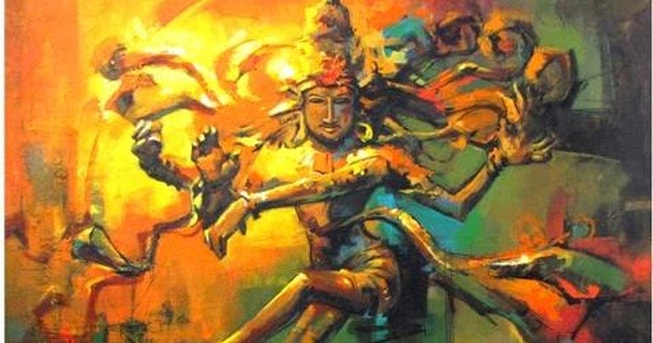
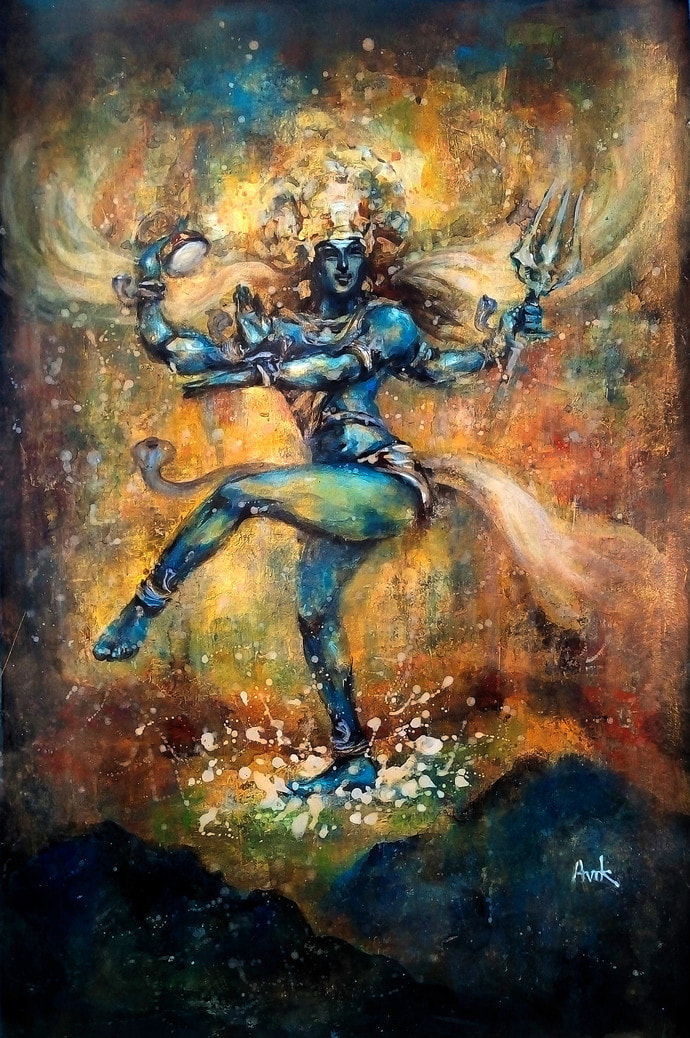
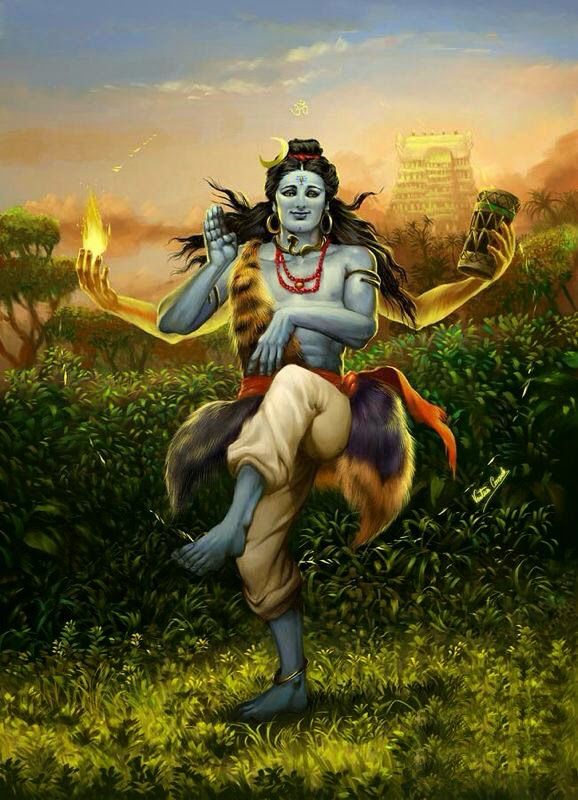
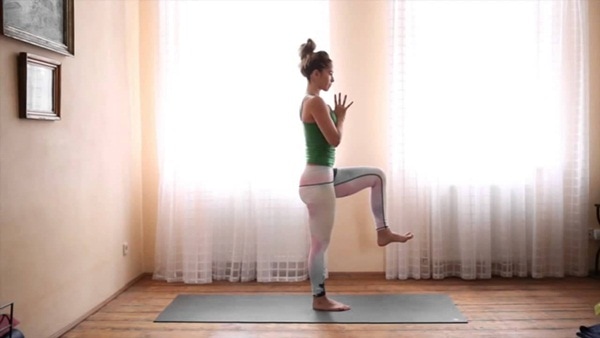
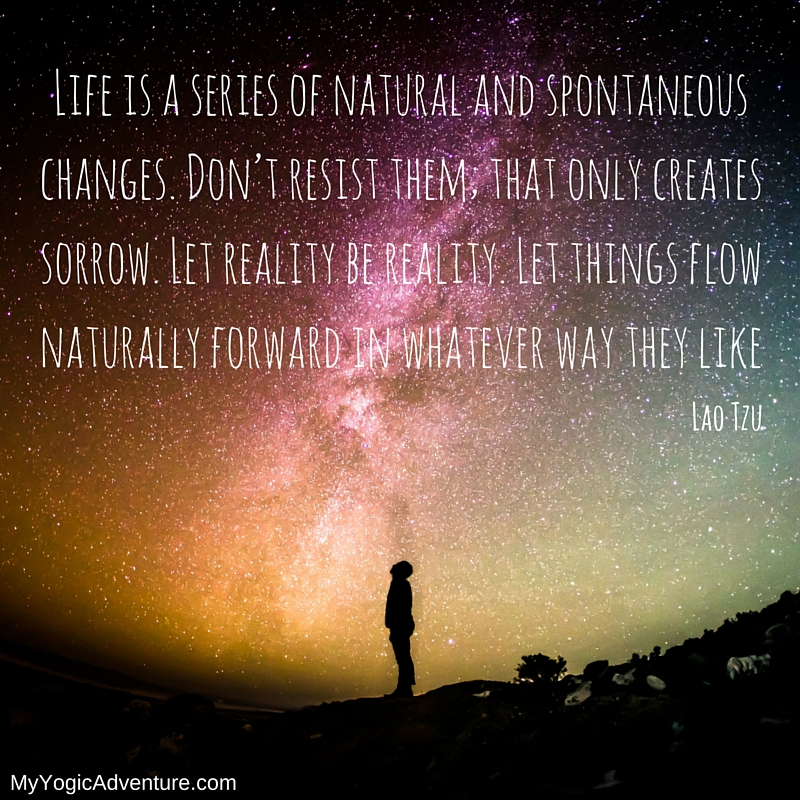
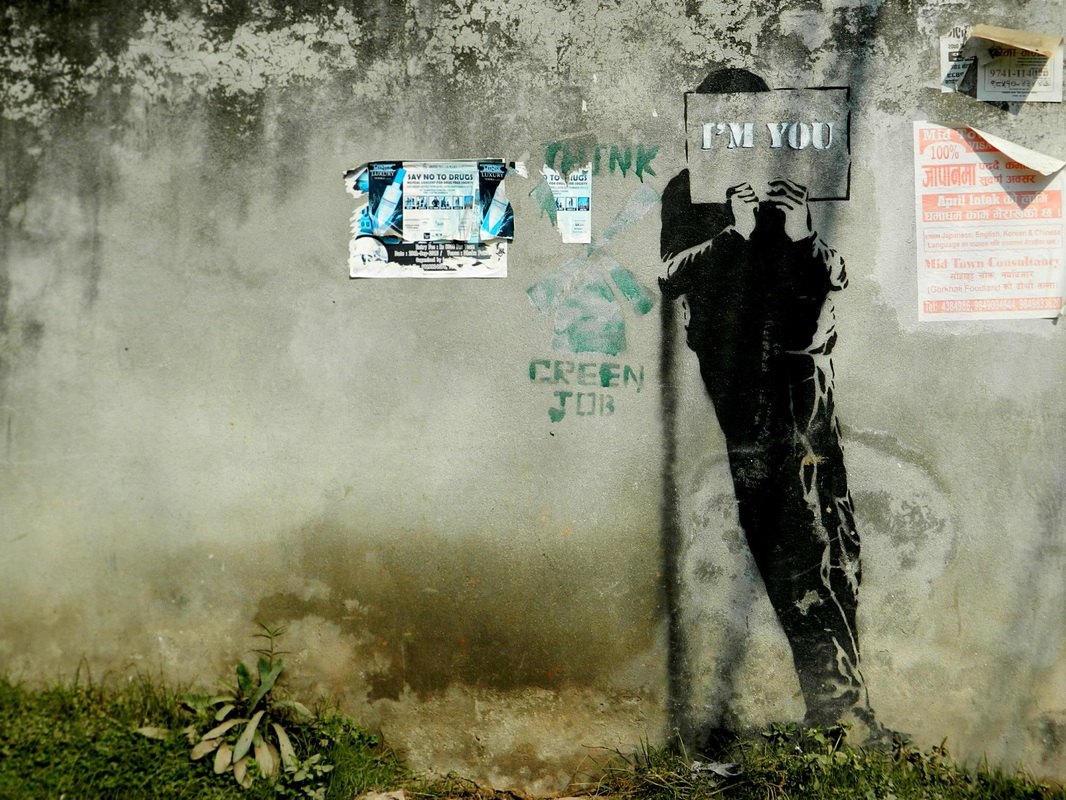
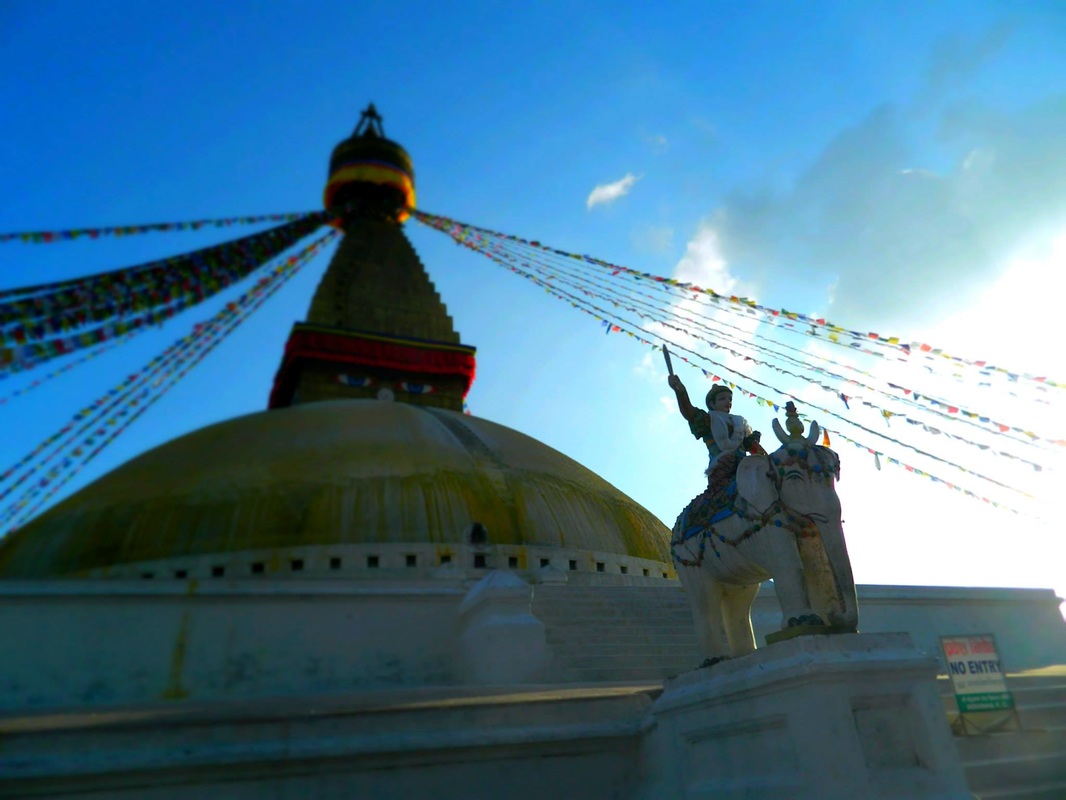
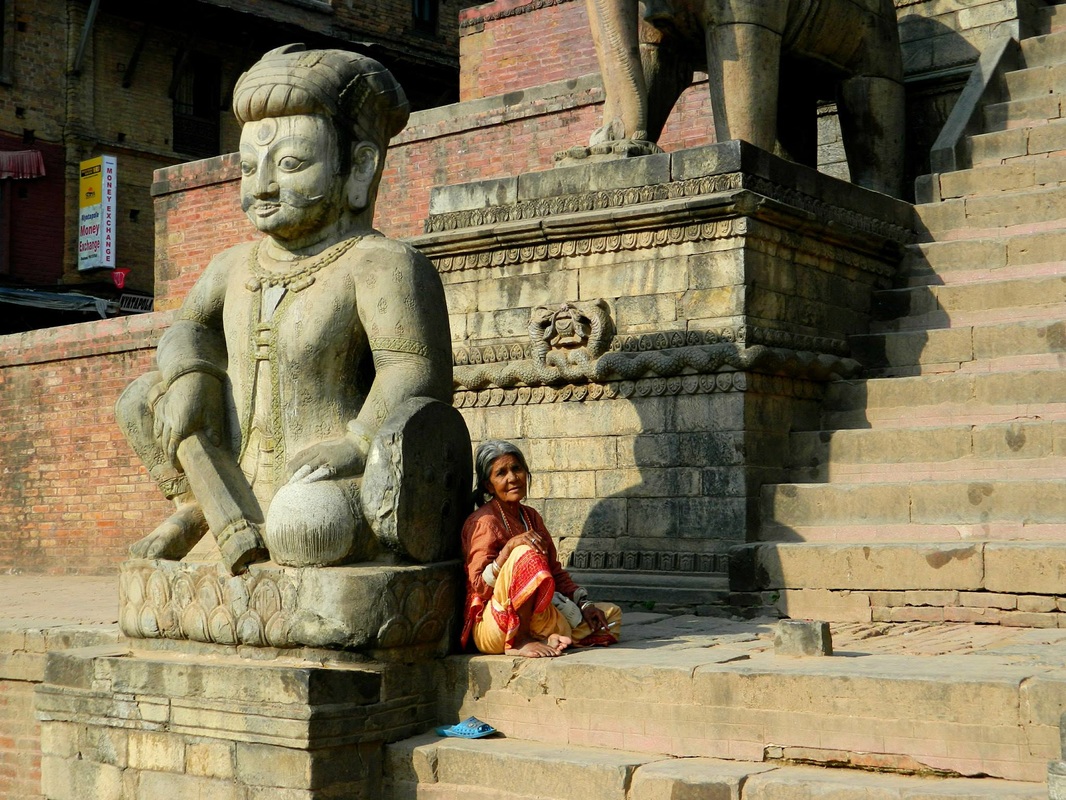

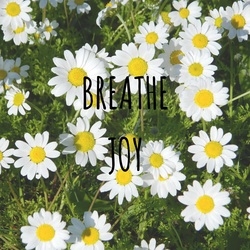
 RSS Feed
RSS Feed

